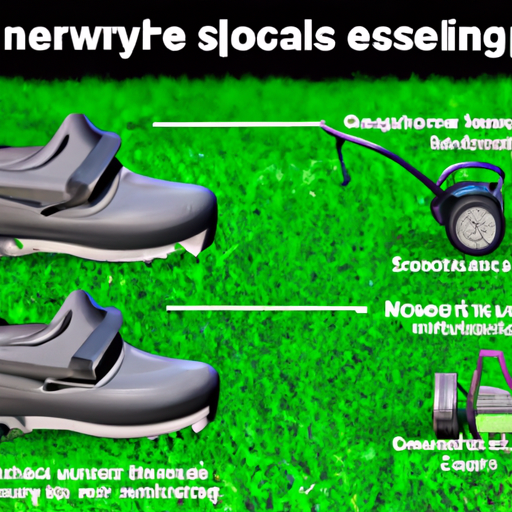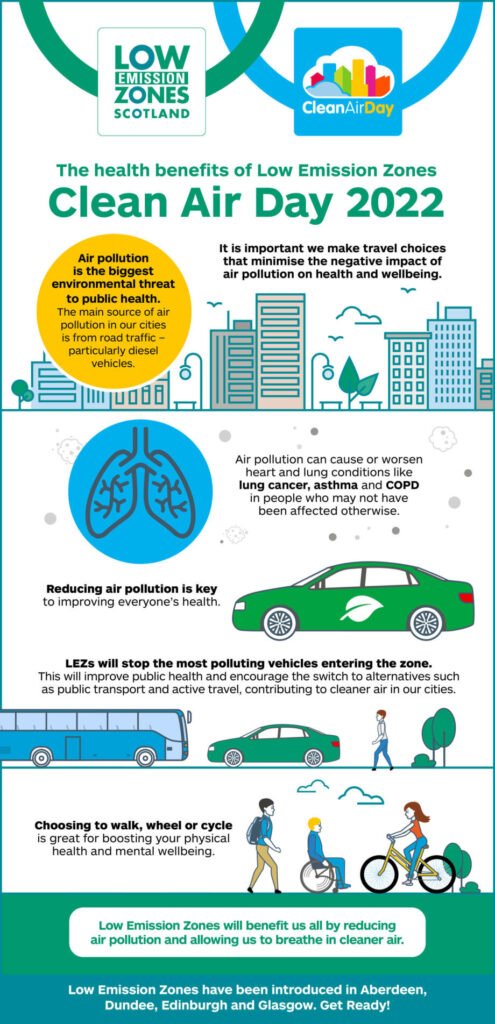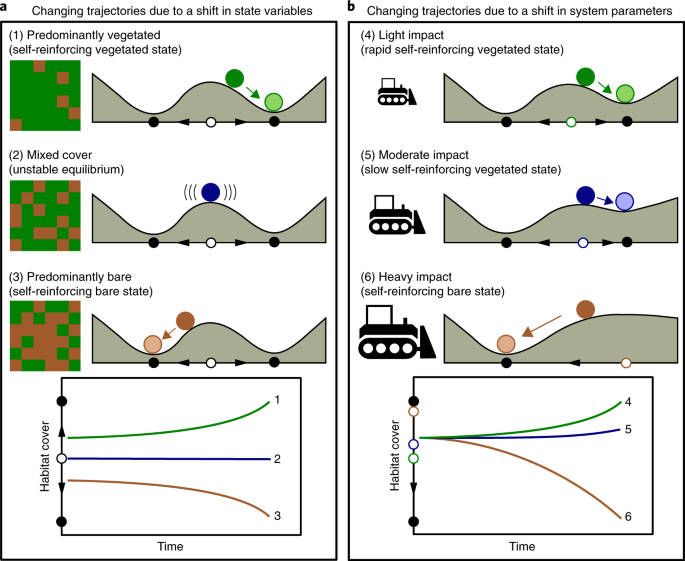Lush green lawns can greatly enhance the beauty of any home, but before you embark on a journey to achieve the perfect yard, it’s important to prioritize safety. Whether you’re a first-time user or a grizzled lawn care veteran, understanding the essential lawn mower safety tips is crucial to avoid accidents and injuries. From wearing the right protective gear to knowing the proper operation techniques, this article will guide you through all the necessary precautions to ensure a safe and enjoyable mowing experience.
Choosing the Right Lawn Mower
When it comes to choosing the right lawn mower, several factors need to be considered. First and foremost, you need to consider the size of your lawn. If you have a small lawn, a manual reel mower or a cordless electric mower might be suitable. However, for larger lawns, a gas-powered mower or a self-propelled mower would be more efficient.
The type of grass in your lawn is another important factor. Different grass species have different height requirements, which can impact the type of mower you choose. Some mowers have adjustable cutting heights, allowing you to customize the height based on the grass type.
Additionally, you should consider the terrain and slope of your lawn. If you have a hilly or uneven lawn, a self-propelled mower with high-wheel traction would be ideal. This will make it easier to maneuver and maintain control while mowing.
Lastly, you should decide between an electric or gas-powered mower. Electric mowers are generally quieter and require less maintenance, but they do have limitations on battery life and cutting power. Gas-powered mowers, on the other hand, offer more cutting power and longer run times but require regular maintenance and may produce more noise and emissions.
Preparation Before Mowing
Before you start mowing, it is important to properly prepare and set yourself up for a safe and successful mowing session. The following steps will help you ensure that everything is in order before you begin:
First, inspect and maintain your mower. Check the oil levels, spark plugs, and air filters, and make sure all parts are in good working condition. This will help prevent any unexpected breakdowns or accidents while mowing.
Next, check the area for any potential obstacles. Remove any large rocks, branches, or other debris that could get caught in the mower blades or cause damage to your property. Taking this step will help prevent accidents and ensure a smooth mowing experience.
Clearing the lawn of debris is another important step before mowing. Be sure to pick up any toys, tools, or other objects that could become hazards while mowing. Additionally, remove any loose sticks or stones that could be thrown by the mower blades.
Lastly, always wear appropriate clothing and protective gear when mowing. This includes closed-toe shoes, long pants, safety glasses, and hearing protection. These safety measures will help protect you from flying debris and reduce the risk of accidents or injuries.
General Safety Guidelines
To ensure your safety while operating a lawn mower, it is crucial to follow some general safety guidelines. These guidelines will help prevent accidents and minimize the risk of injuries. Here are some important safety tips to keep in mind:
Always take the time to read the mower’s manual before operation. Familiarize yourself with the specific safety features, controls, and maintenance requirements of your mower. This will help you operate the mower safely and efficiently.
Know and understand how each control on your mower works. Take the time to practice starting, stopping, and adjusting the mower before actually mowing your lawn. Understanding the controls will help you maintain control and prevent accidents.
Most mowers are equipped with a safety key that must be inserted for the mower to start. Make sure you associate the safety key and always remove it when the mower is not in use. This will prevent unauthorized use and keep everyone, especially children, safe.
Lastly, it is important to avoid mowing in inclement weather. Wet or slippery conditions can make it difficult to control the mower, increasing the risk of accidents. Wait for dry conditions before mowing and always prioritize your safety.
Safe Operation Techniques
When it comes to operating a lawn mower safely, there are a few key techniques that you should keep in mind:
Before you start mowing, take a walk around your yard to look for any potential hazards or obstacles. This will allow you to identify and avoid any objects that could damage the mower or cause accidents.
Start the mower on a level surface to ensure stability. Avoid starting the mower on a slope or uneven ground, as this can lead to loss of control and accidents.
While operating the mower, always hold it with both hands. Maintain a firm grip on the handles and keep your hands positioned away from the blades. This will give you better control over the mower and reduce the risk of accidents.
Keep children and pets away from the mowing area at all times. Establish a safe distance and make sure they understand the dangers of being near a running mower. This will prevent accidents and protect their well-being.
Mowing on Slopes
When mowing on slopes, it is essential to take extra precautions to ensure your safety. Follow these guidelines to mow slopes safely:
Start by evaluating the slope gradient of your lawn. Steep slopes can be difficult to mow, and it may be necessary to use alternative mowing methods such as a string trimmer or a brush cutter. If you are unsure about mowing a particular slope, it is best to seek professional assistance.
When mowing across slopes, always mow horizontally rather than vertically. This will provide better stability and reduce the likelihood of the mower tipping over. Avoid making abrupt turns or sudden changes in direction while on slopes.
For steep slopes, take extra precautions. Consider using a self-propelled mower with high-wheel traction for better control. Additionally, it is advisable to mow up and down the slope rather than across it to minimize the risk of accidents.
Lastly, never attempt to mow across the face of a slope. This is extremely dangerous and can lead to loss of control and accidents. Always mow across the slope for optimal safety.
Dealing with Lawn Clippings
Managing lawn clippings properly is an important aspect of safe mowing. Here are some tips to handle lawn clippings effectively:
Consider using a bagging attachment with your mower to collect the clippings. Bagging the clippings will not only keep your lawn looking tidy but also prevent them from becoming tripping hazards.
Alternatively, you can compost the clippings. Grass clippings are an excellent source of nitrogen-rich material for composting and can contribute to healthier soil and plants in your garden.
Avoid discharging clippings towards people or property. Be mindful of your surroundings and ensure that the clippings are directed away from anyone nearby. This will prevent injuries and property damage.
If the mower becomes clogged with clippings, always exercise caution when clearing the clog. Turn off the mower and wait for the blades to stop spinning before attempting to remove any debris. Use a long stick or a tool specifically designed for clearing clogs to avoid potential injuries.
Lastly, try to avoid mowing wet grass whenever possible. Wet grass can cause the mower to clog more frequently and increase the risk of accidents. If you must mow wet grass, exercise extra caution and be prepared to clean the mower more frequently.
Refueling Safety
Refueling a lawn mower requires caution and proper procedures to ensure your safety. Follow these guidelines when refueling your mower:
Always turn off the engine and allow it to cool before refueling. This will reduce the risk of fire or burns due to hot surfaces.
Use a fuel container specifically designed for lawnmowers. These containers are equipped with safety features to prevent spills and ensure proper fueling. Using the correct container will minimize the risk of accidents and fuel-related mishaps.
Avoid overfilling the fuel tank. Leave enough space for fuel expansion and to allow air circulation within the tank. Overfilling can lead to spills and potentially ignite a fire.
In the event of any fuel spills, clean them up immediately. Fuel spills are flammable and can pose a serious risk of fire or explosions. Use an absorbent material to soak up the fuel and dispose of it properly.
Handling Emergencies
Even with all the necessary precautions, emergencies can still occur. Knowing how to handle emergencies is crucial for your safety and the safety of others. Keep the following tips in mind:
If something goes wrong with the mower, shut off the engine immediately. This will help prevent further damage or accidents. Assess the situation, identify the issue, and take appropriate action before attempting to restart the mower.
Never attempt to bypass or disable the safety features of your mower. These safety features are in place to protect you from accidents and injuries. Tampering with them can increase the risk of incidents and negate the purpose of having safety mechanisms.
In case of serious injuries or accidents, call for help immediately. Do not delay seeking medical assistance if needed. Serious injuries may require professional care, and it is important to prioritize your well-being above everything else.
Lastly, knowing basic first aid for minor injuries is always a good idea. Keep a first aid kit handy and familiarize yourself with basic first aid techniques. This will help you provide immediate care in the event of minor cuts, sprains, or burns.
Storage and Maintenance
Proper storage and maintenance of your lawn mower are essential for its longevity and safe operation. Here are some tips to keep in mind:
Store your mower in a safe and dry place, preferably in a shed or garage. This will protect it from the elements and minimize the risk of damage or corrosion.
Keep the mower out of the reach of children. Mowers can be dangerous if operated by inexperienced or unsupervised individuals. Ensure that children do not have access to the mower to prevent accidents.
Follow routine maintenance procedures to keep your mower in excellent condition. This includes regular oil changes, spark plug replacements, and air filter cleanings. Refer to the mower’s manual for specific maintenance intervals and procedures.
Ensure that the blades are properly sharpened before each mowing session. Dull blades can result in an uneven cut and put extra strain on the mower’s engine. Sharpening the blades regularly will improve cutting performance and reduce the risk of accidents.
Conclusion
Safety should always be your top priority when it comes to mowing your lawn. By following these tips and guidelines, you can ensure a safe and enjoyable mowing experience. Remember to choose the right mower for your lawn, prepare properly before mowing, follow general safety guidelines, and use safe operation techniques. Additionally, take extra precautions when mowing on slopes, handling lawn clippings, refueling, and dealing with emergencies. Proper storage and maintenance of your mower will also contribute to a safe and beautiful lawn. So prioritize safety over speed, regularly assess and optimize your mowing techniques, and enjoy the satisfaction of a well-maintained lawn. Happy mowing!





